Latest Posts by we-are-all-paranoid - Page 3


candida and lactobacillus image under microscope / routine laboratory diaries

fruitie punches
Virophages are such a wild concept. It’s a teeny virus that infects a bigger virus. What a genuine flex of natural selection.





I know it’s a little late, but happy Valentine’s Day from the tardigang! 💧 🐻❤️
your bulldog isn’t being quirky it’s actively trying not to die every 10 seconds
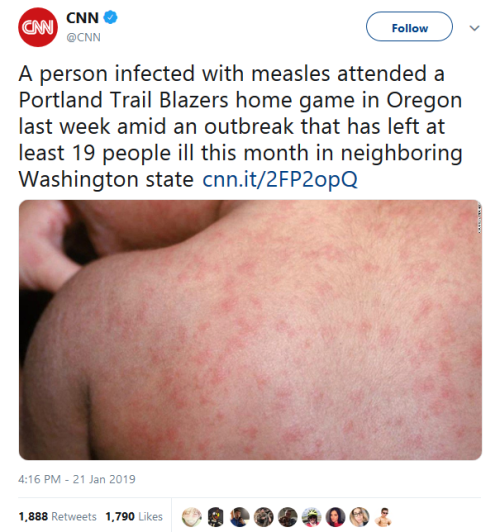


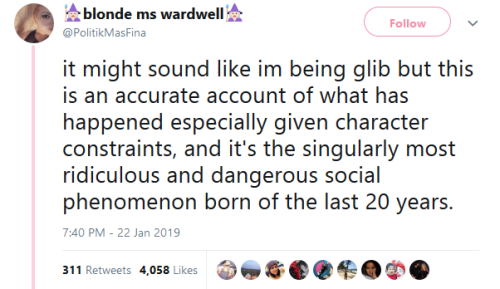
VACCINATE YA KIDS FFS

One of the funniest posts by a catholic on here I've ever seen

WATCH THIS VIDEO
a very, VERY important post. spread everywhere and screen record the video to your phone. or message me and ill happily send you the video. give to every woman and girl you know.
bc as they both said / demonstrated, its not only super easy to do, but super easy to miss.
my friend is studying for the mcat and was just trying to explain to me about heat transfer and she said ‘you know, like the reason you get cold when you go outside on a freezing day is that your tiny human body is trying to warm up the entire universe’ and i think that’s the best thing i have ever heard

A tiger bursting to freedom after being rescued from a poacher’s snare in the Russian Far East.
biologists will be like this is a very simplified diagram of a mammalian cell

chemists will be like this is a molecule


Think of others. Think of the vulnerable.
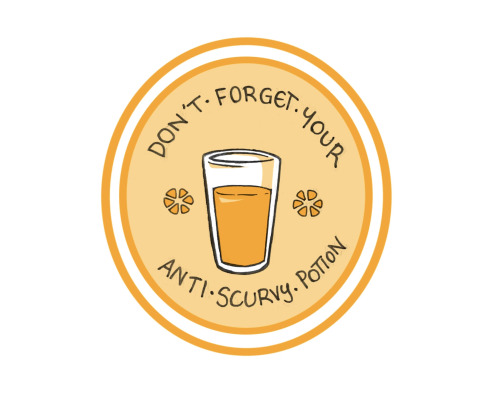
vitamin sea, if you will

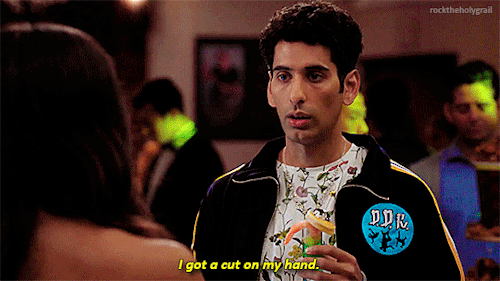

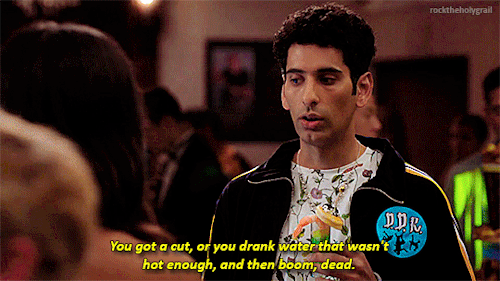
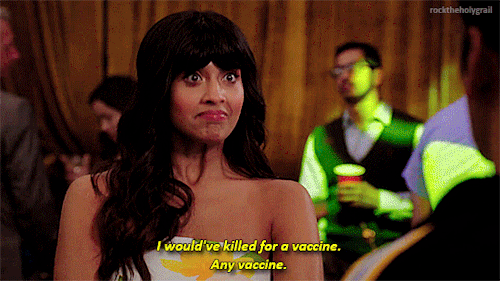
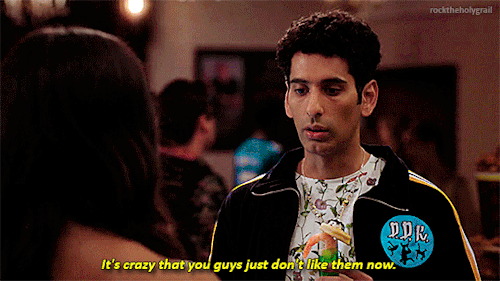
The Good Place (2016-2020)

The bacteria wars are coming. Researchers at Tel Aviv University have pitted “good” bacteria against “bad” bacteria and the good guys, it appears, are winning.
If the system can be scaled, this new approach could potentially replace antibiotics, which are increasingly struggling against antibiotic-resistant “superbugs.” For the TAU study, the researchers used a toxin injection system known as a “Type 6 Secretion System.” It’s usually deployed by pathogenic (“bad”) bacteria. They introduced the system into a “friendly” bacterium, Vibrio natriegens, which is not harmful to humans. The researchers described their technology as similar to a microscopic poison arrow shot from a good bacterium to eliminate a bad bacterium under specific conditions. “The system that we built allows us to engineer ‘good’ bacteria that can recognize pathogenic bacteria, attack them with toxins, and neutralize them,” explains Dr. Dor Salomon, who co-led the study. “We know how to change and control every component in the system and create a bacterium that neutralizes different strains of bacteria. This is proof of feasibility, showing that we have the knowledge and ability to create bacteria that take advantage of this killing system and may serve as antibiotic treatments. ”The current bacteria prototype is best suited for bugs that occur naturally in saltwater. This is a growing concern, as fish and seafood constitute a major food source in many regions of the world. “Their productivity is severely impaired as a result of bacteria-borne diseases,” Solomon notes, “and since we want to avoid pouring antibiotics into aquaculture farms, a biological solution such as the one we have developed is an effective alternative.” The system will eventually be adapted to treat pathogenic bacteria in humans, farm animals and plants. Tel Aviv University has filed a patent application through Ramot, the university’s technology-transfer company. In addition to Solomon, Dr. Biswanath Jana and Kinga Kappel of the department of clinical microbiology and immunology at TAU’s Sackler Faculty of Medicine participated in the research. The results were published this month in the scientific journal EMBO Reports.
How SARS-CoV-2 Hijacks Human Cells to Evade Immune System

Researchers at University of California San Diego School of Medicine have discovered one way in which SARS-CoV-2, the coronavirus that causes COVID-19, hijacks human cell machinery to blunt the immune response, allowing it to establish infection, replicate and cause disease.
In short, the virus’ genome gets tagged with a special marker by a human enzyme that tells the immune system to stand down, while at the same time ramping up production of the surface proteins that SARS-CoV-2 uses as a “doorknob” to enter cells.
The study, published April 22, 2021 in Cell Reports, helps lay the groundwork for new anti-viral immunotherapies — treatments that work by boosting a patient’s immune system, rather than directly killing the virus.
“It’s very smart of this virus to use host machinery to simultaneously go into stealth mode and get inside more cells,” said Tariq Rana, PhD, professor and chief of the Division of Genetics in the Department of Pediatrics at UC San Diego School of Medicine and Moores Cancer Center. “The more we know about how the virus establishes itself in the body, the better equipped we are to disrupt it.”
In human cells, genes (DNA) are transcribed into RNA, which is then translated into proteins, the molecules that make up the majority of cells. But it’s not always so straightforward. Cells can chemically modify RNA to influence protein production. One of these modifications is the addition of methyl groups to adenosine, one of the building blocks that make up RNA. Known as N6-methyladenosine (m6A), this modification is common in humans and other organisms, including viruses.
In contrast to humans, the entire genomes of some viruses, including SARS-CoV-2, are made up of RNA instead of DNA. And rather than carry around the machinery to translate that into proteins, the coronavirus gets human cells to do the work.
Rana and his team previously discovered that m6A plays an important role in HIV and Zika virus infections. In their latest study, the researchers discovered that the human enzyme METTL3 adds methyl groups to introduce m6A in SARS-CoV-2’s RNA. That modification prevents the virus’ RNA from triggering inflammatory molecules known as cytokines. To the team’s surprise, METTL3’s activity also led to increased expression of pro-viral genes — those that encode proteins needed for SARS-CoV-2 replication and survival, such as ACE2, the cell surface receptor that the virus uses to enter human cells.
“It remains to be seen why our cells help the virus out like this,” Rana said.
“How SARS-CoV-2 Hijacks Human Cells to Evade Immune System“
biologists will be like this is a very simplified diagram of a mammalian cell

chemists will be like this is a molecule

Not to self diagnose but something is wrong

There's a really common type of DNA analysis called BLAST and so a lot of time it's like,,,, "yeah I blasted the sample" etc etc
So today one of the kids in my class is like! Oh this is just like the Danny Devito meme!!!!
And I-

...Yes. Exactly like the Danny Devito meme.
why do you and others like vaccines so much?
not dying of preventable diseases is actually one of my favorite hobbies
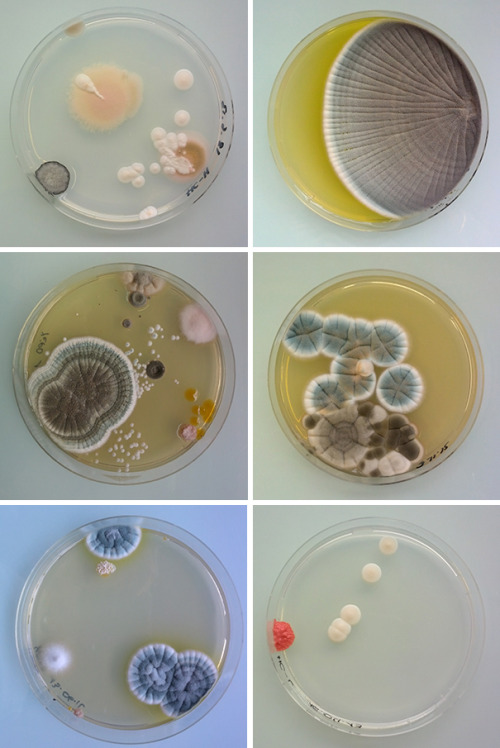
“Culture”-ally stimulating art. Even mold can be beautiful…
by microbiologist Antoine Bridier-Nahmias
via Magical Contamination
Strange question for all my biologists out there, no matter what your specialisation is.
Does anyone know any good books about biology? The more accurate, the better, they can be academic essays even, it’s all good.
I’m looking for a Christmas gift for my sister, who is absolutely in love with biology, and she studies it in uni too, it’s not only a hobby.
Unfortunately, having very very little knowledge in hard sciences, I cannot determine whether a book about biology is good or not, not by looking at people’s reviews and whatnot. And… I trust people on Tumblr more.
I’ve read a few reviews of some books, but I can’t decide. Please help a poor soft-sciences-lover in need!
biology is like the self discovery journey of a bunch of cells
